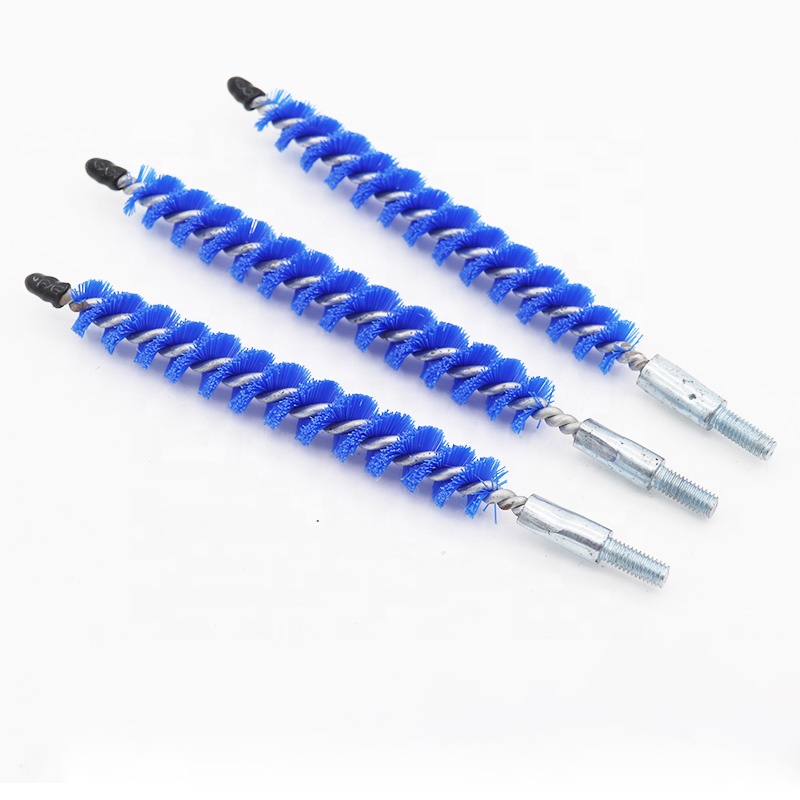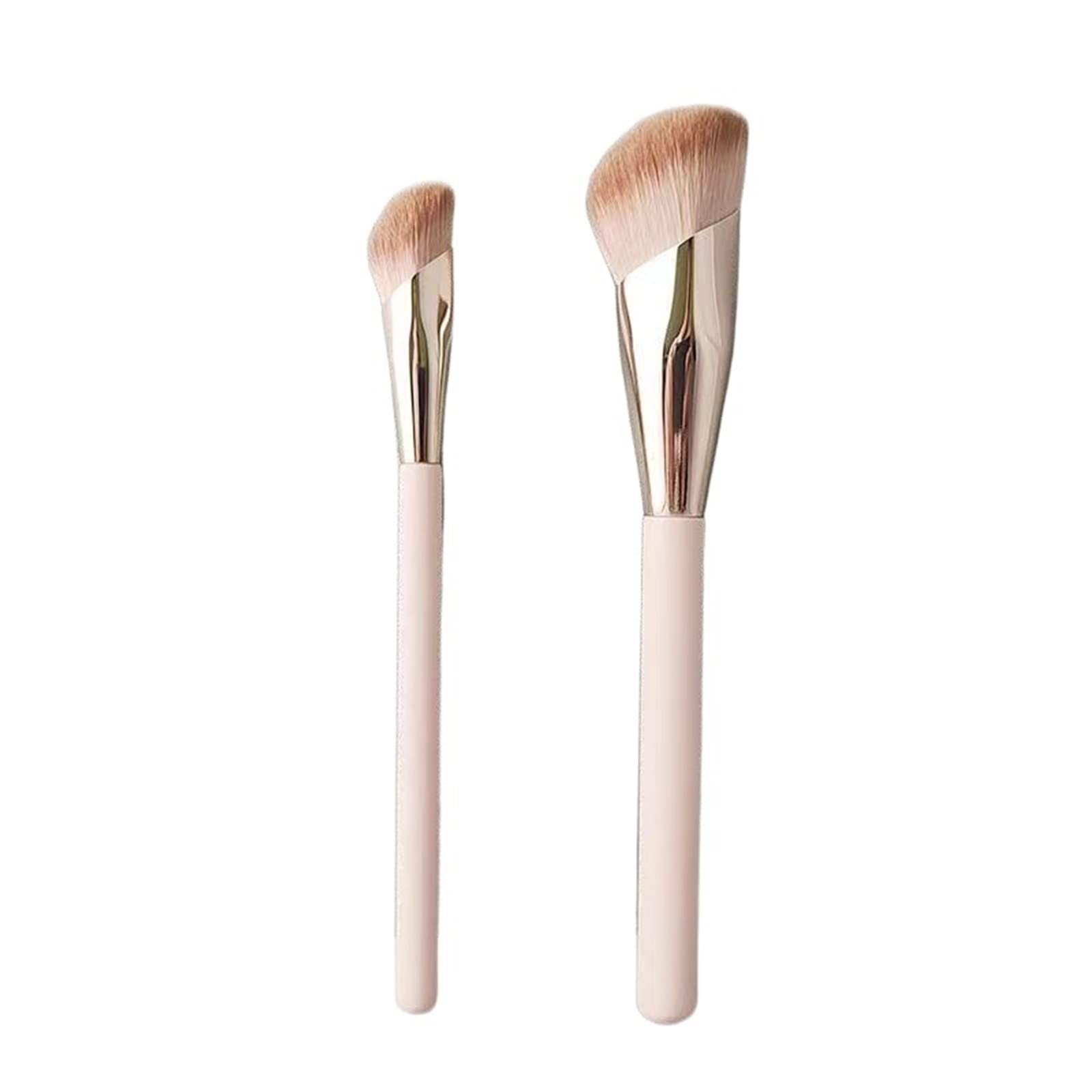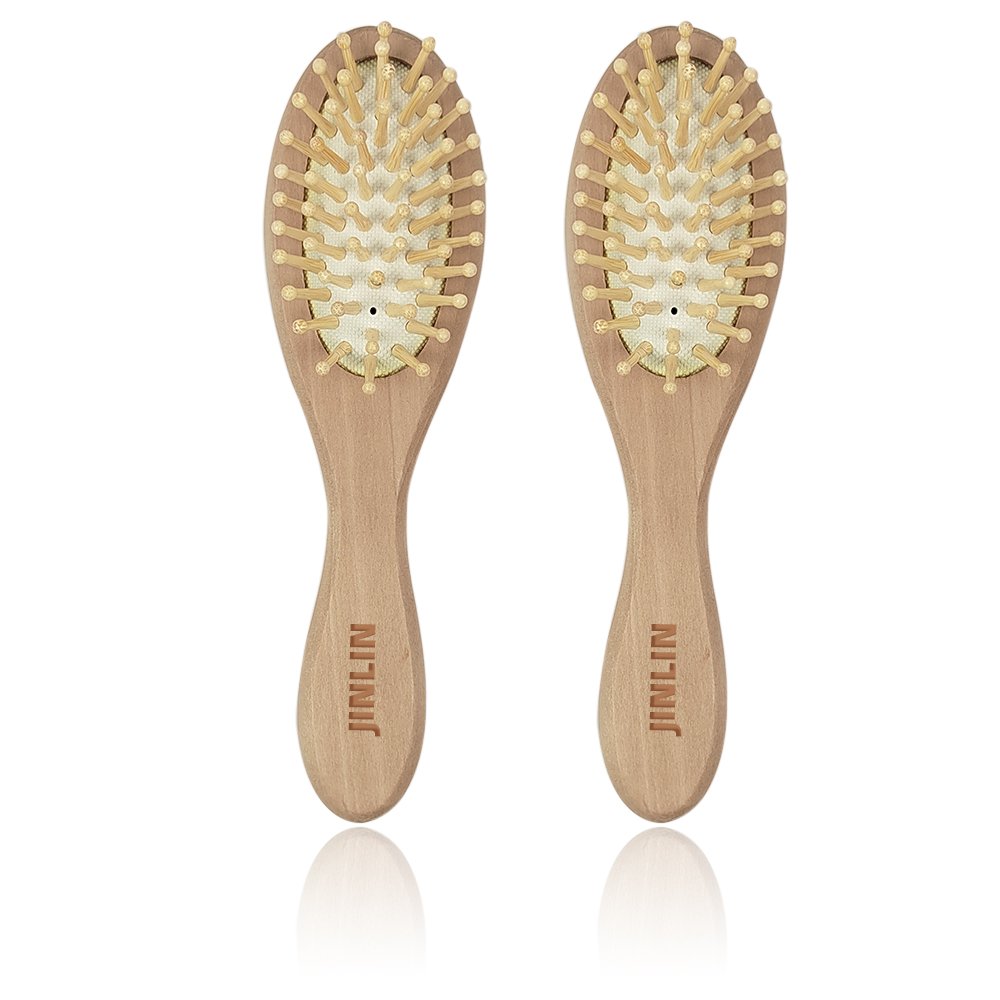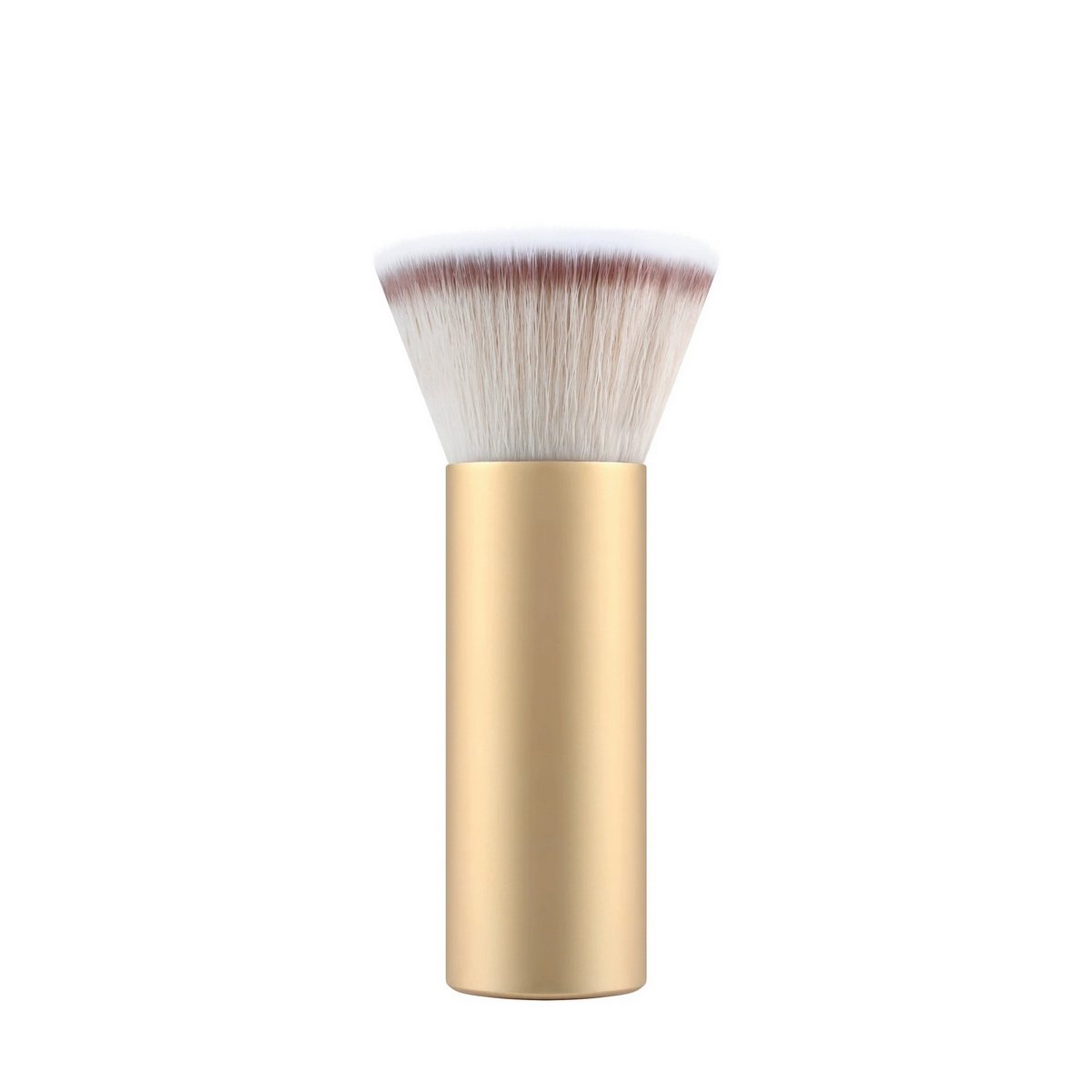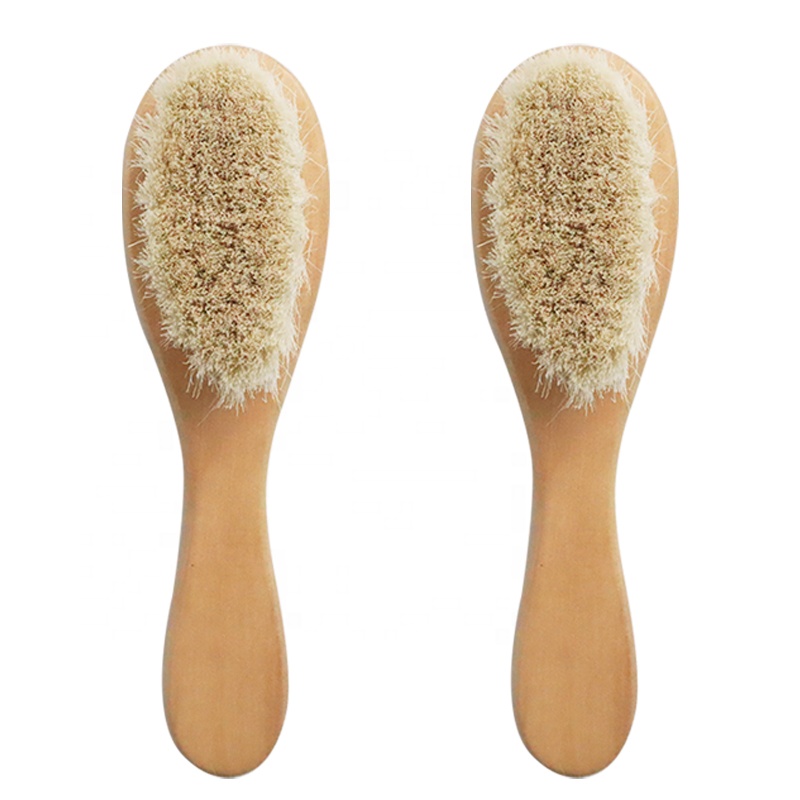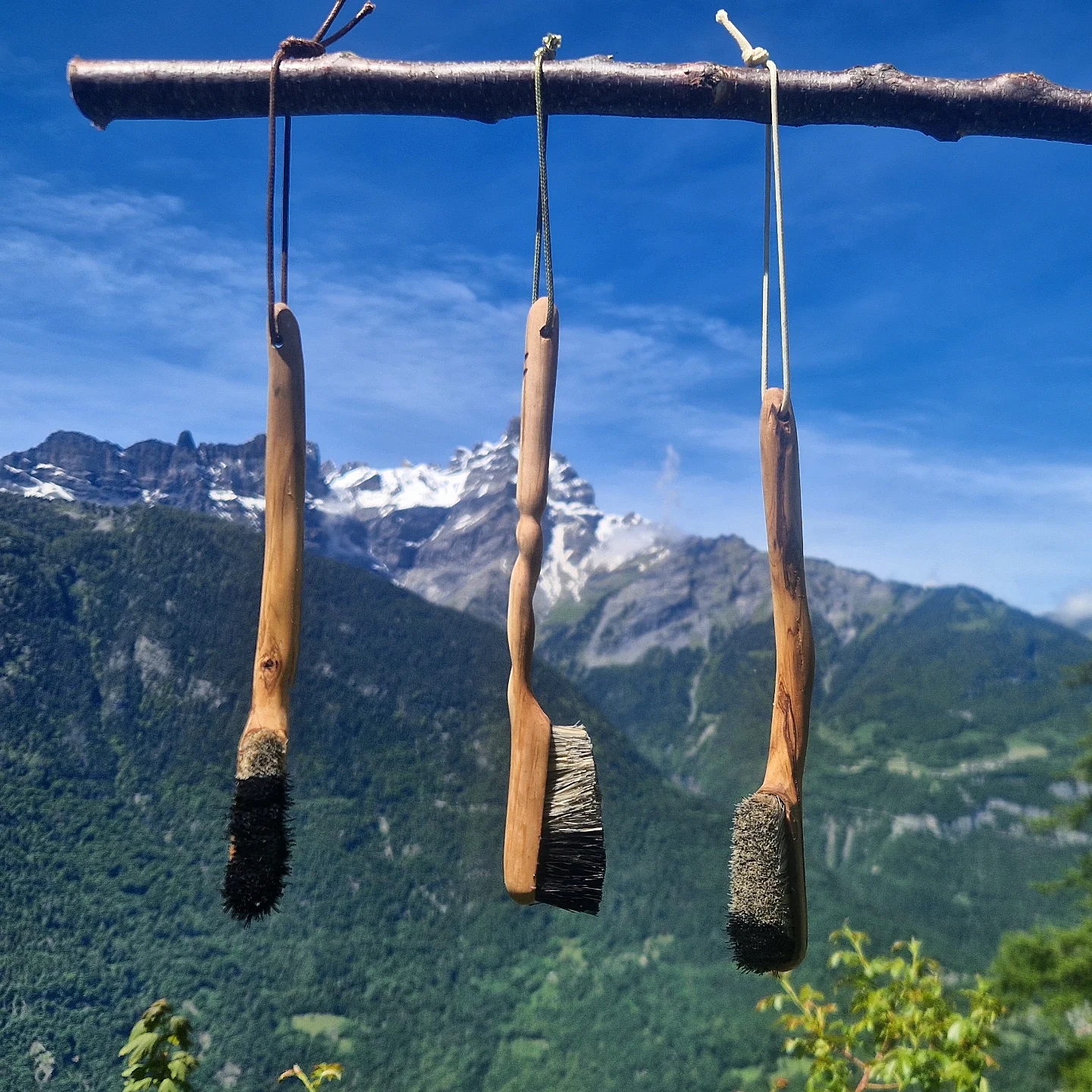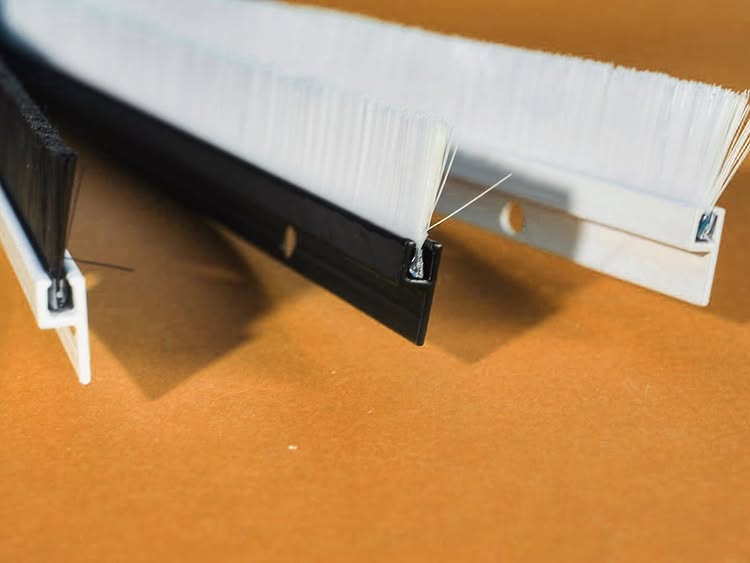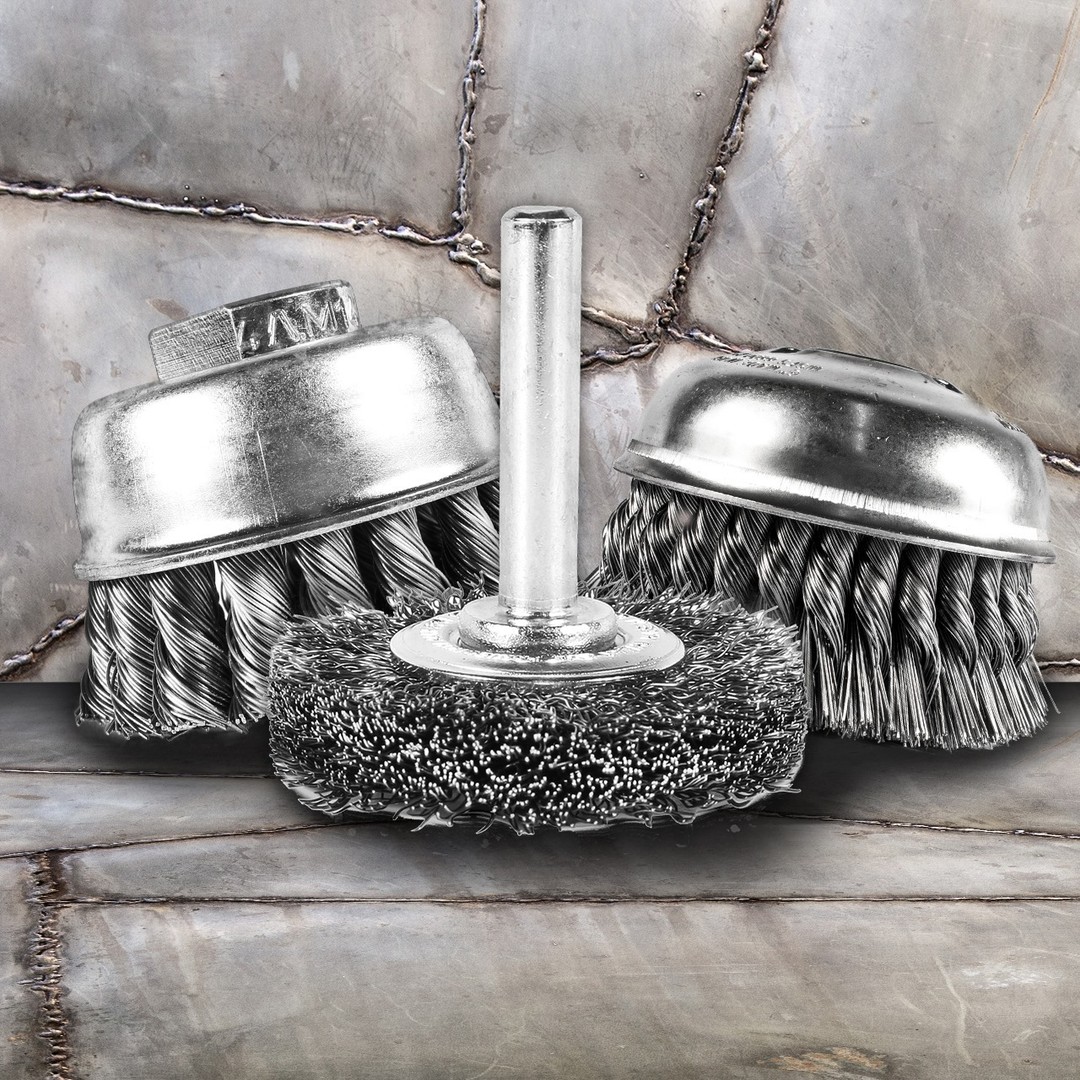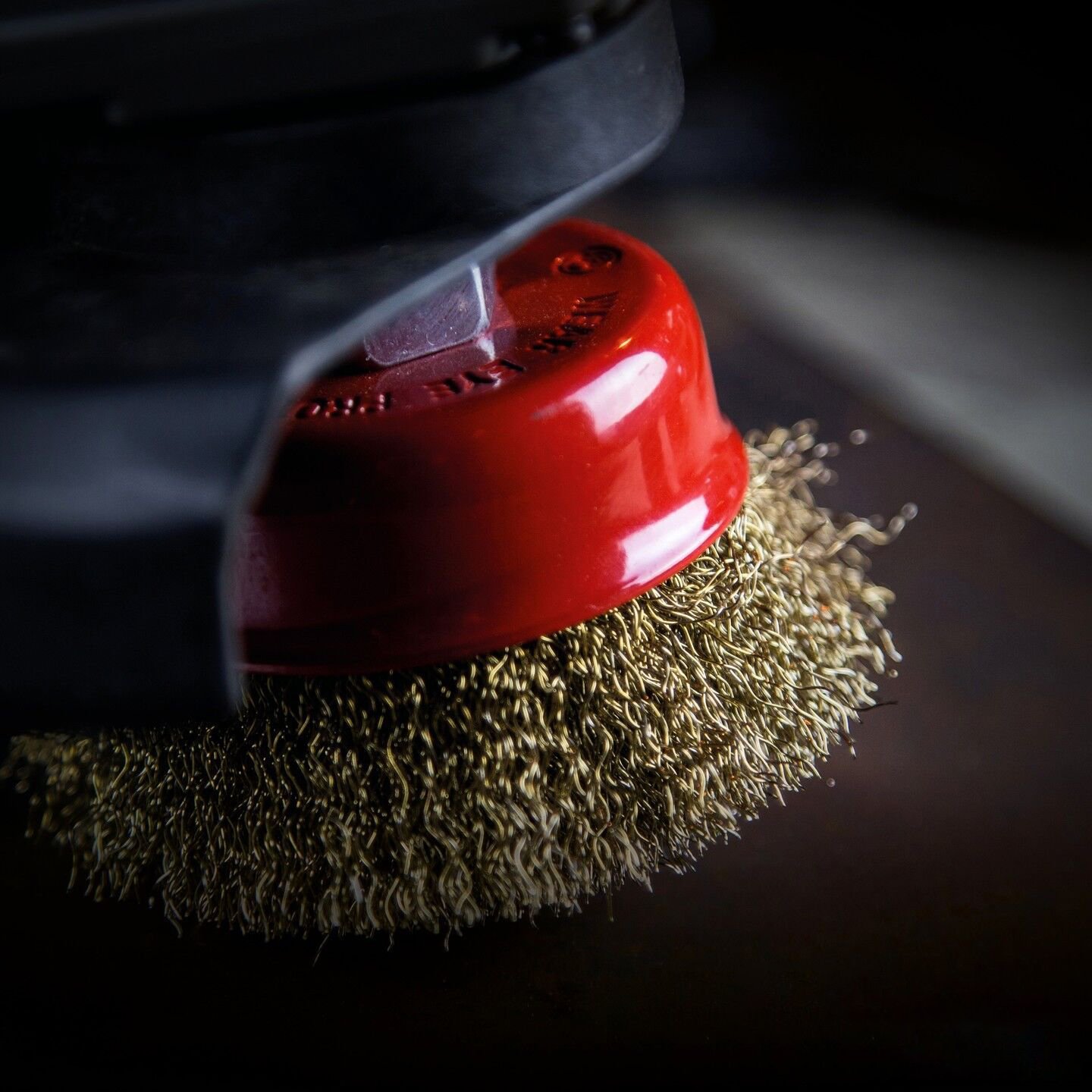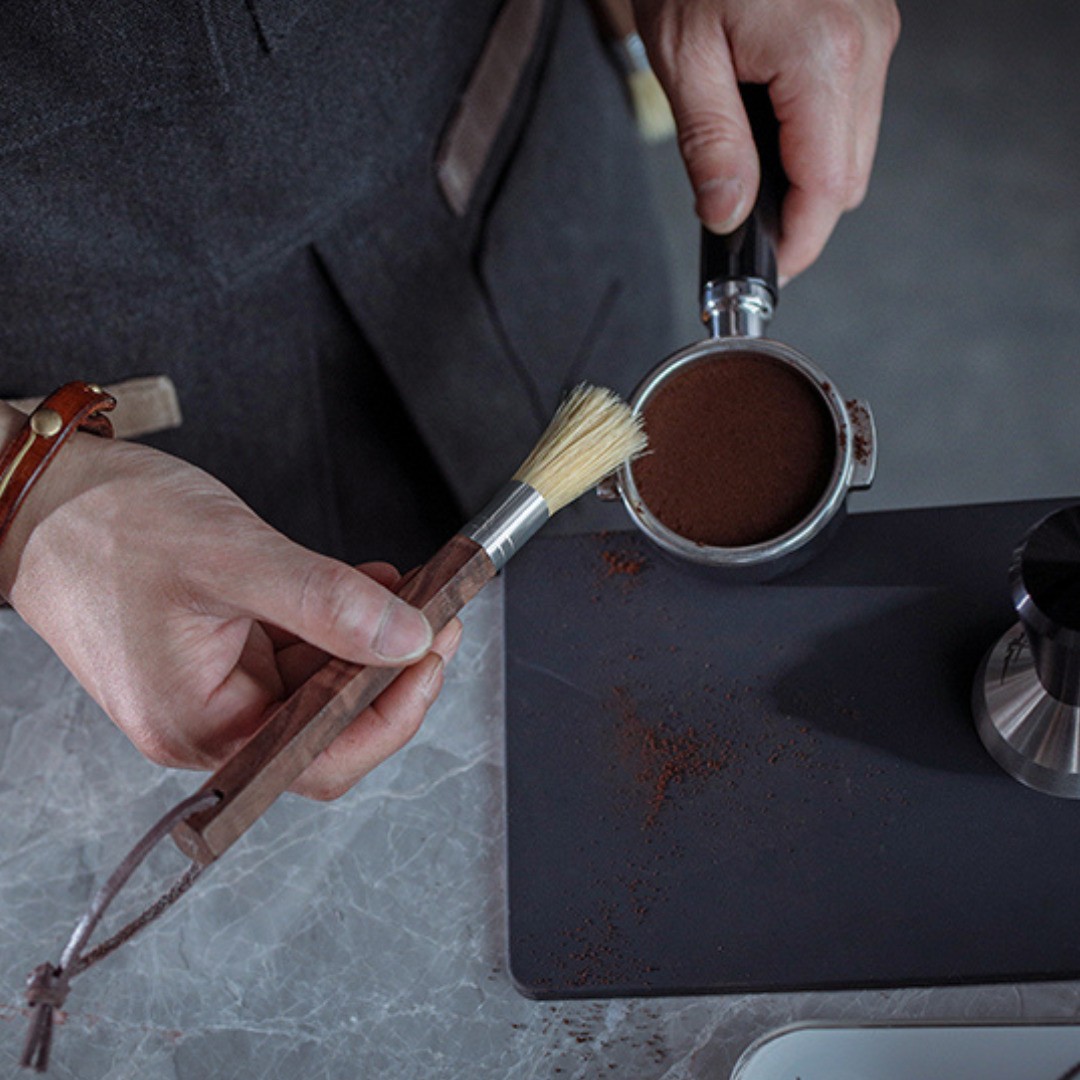Kazalo vsebine
A climbing brush is a must-have tool for any climber who takes their sport seriously. Whether you’re developing a new climbing area or preparing for a last-minute session at your local gym, keeping your climbing holds clean is essential. A clean hold ensures better friction and safer climbs. With so many options available, choosing the right climbing brush may seem overwhelming. In this guide, we will break down the key factors to consider when selecting the perfect climbing brush for your needs. These factors include bristle material, bristle density, size, and ergonomics.
Bristle Material: Nylon vs. Boars’ Hair
When it comes to climbing brushes, the bristle material plays a vital role in performance. Most climbing brushes are equipped with either nylon or boars’ hair bristles, and the choice of material can significantly impact how well the brush cleans the holds.
Boars’ hair bristles are known for their superior performance. They tend to be stiffer than nylon, which allows for a more thorough and efficient scrub. The added stiffness makes it easier to remove dirt, chalk build-up, and other debris from the holds, ensuring that the surface is clean and ready for the next climber. However, one downside of boars’ hair is that it is an animal product, which might not appeal to those who follow a vegan or vegetarian lifestyle.
On the other hand, nylon bristles are a more ethical alternative for those who prefer not to use animal products. While they may not be as stiff as boars’ hair, they still do a decent job at cleaning holds. The main advantage of nylon is its durability and resistance to wear. If you’re environmentally conscious, nylon bristles are an excellent choice, offering solid performance without contributing to animal suffering.
Bristle Density & Stiffness: Why They Matter
Another important factor to consider is the bristle density and stiffness. The more bristles a brush has, the better it is at cleaning holds. A dense brush head ensures that you can cover a larger surface area while removing dirt and debris more efficiently. For example, some premium climbing brushes, like the Sublime brush, boast up to 14,000 bristles in an average-sized brush head. This increased density typically results in stiffer bristles, which can offer a more effective cleaning experience.
While stiffness is essential for thorough cleaning, it is also crucial to balance this with the hold type you are cleaning. Smaller holds and pockets benefit from a softer, more flexible bristle, while larger slopers or edges require stiffer bristles to dislodge dirt and debris effectively.
Size: Choosing the Right Brush for Different Holds
The size of the climbing brush you choose will depend on the type of climbing holds you are cleaning. There is no one-size-fits-all brush, as different holds require different tools for the job. Small brushes are ideal for cleaning small holds, such as pockets, pinches, and crimps. These compact brushes are easy to maneuver and allow for precise cleaning in tight spaces.
On the other hand, larger brushes are better suited for cleaning bigger slopers, volumes, and other larger holds. A larger brush will cover a greater surface area, making it easier to clean larger holds efficiently. To get the most out of your climbing brush, it’s recommended that you own multiple brushes in different sizes. Having a variety of brushes at your disposal will help you clean all types of holds effectively, ensuring that your climbing areas remain in top condition.
Ergonomics: Comfort and Efficiency
Ergonomics is a consideration that modern climbing brushes have started to incorporate, with many new designs offering features that make cleaning more comfortable and efficient. One important ergonomic feature is the angle of the handle. Brushes with straight handles can often cause discomfort by scraping your knuckles against the rock surface while brushing. To avoid this, some brushes, like the Sublime SlimLine, have angled handles that create a gap between your skin and the rock, preventing unwanted friction and providing a more comfortable experience.
In addition to handle angle, the wear of the bristles is another factor that affects the ergonomics of a climbing brush. Over time, bristles can wear down, particularly towards the tip of the brush, leading to uneven performance. To counter this, many new brushes come with variable-length bristles, which help distribute wear more evenly and extend the lifespan of the brush. This thoughtful design ensures that your brush stays effective for a longer period of time, saving you money in the long run.
Conclusion: Finding the Right Climbing Brush
Choosing the right climbing brush is an essential step in maintaining clean holds and ensuring optimal performance while climbing. The right brush can make a significant difference in the ease and efficiency of cleaning, which ultimately impacts your climbing experience. Consider the bristle material, bristle density and stiffness, size, and ergonomics when selecting a climbing brush to find one that suits your personal preferences and climbing style.
If you prioritize performance, boars’ hair bristles may be the ideal choice, offering superior stiffness for a thorough cleaning. However, if you prefer a more ethical option, nylon bristles provide a solid alternative with good durability. The size of the brush will depend on the type of holds you typically encounter, so having a range of sizes on hand is always a good idea. Finally, ergonomic features like handle angles and bristle length variations can make your cleaning sessions more comfortable and extend the lifespan of your brush.
Investing in a high-quality climbing brush ensures that your holds stay clean and functional, which in turn supports a better climbing experience. Whether you’re preparing for a bouldering session or setting up a new climbing area, the right brush is a tool you don’t want to overlook.

